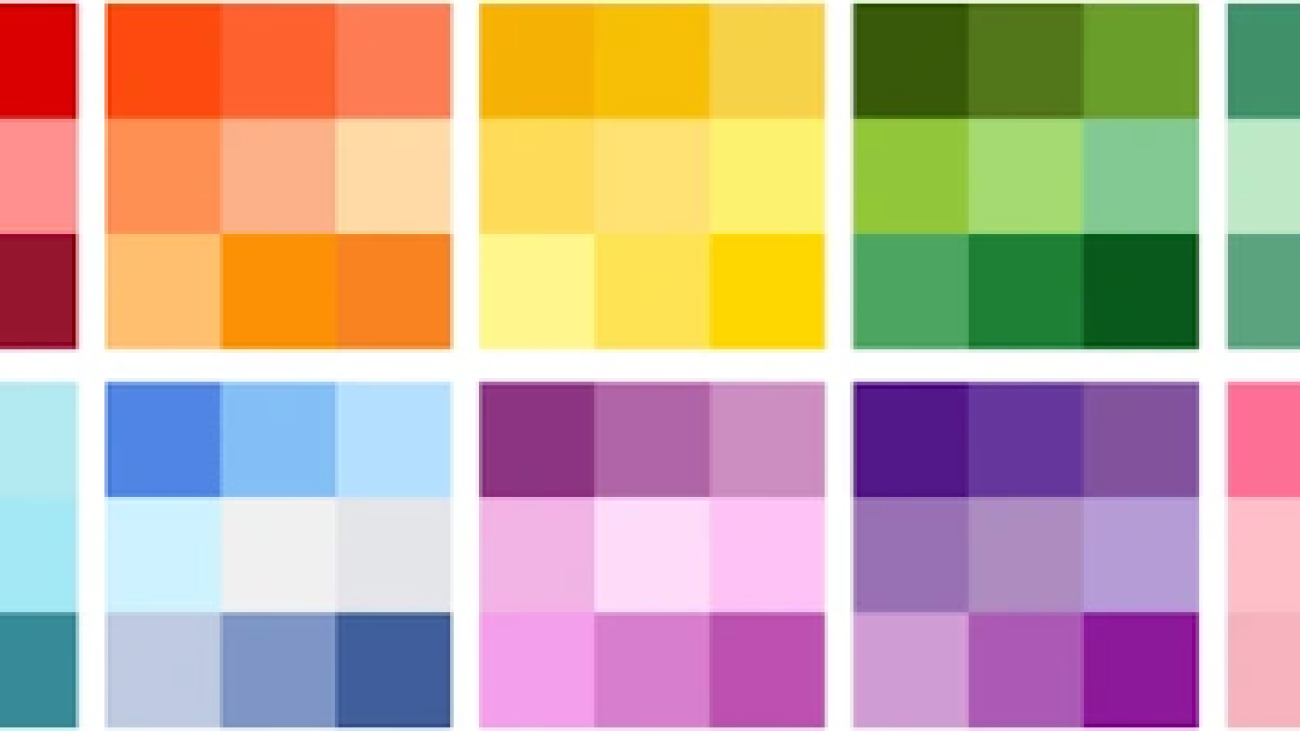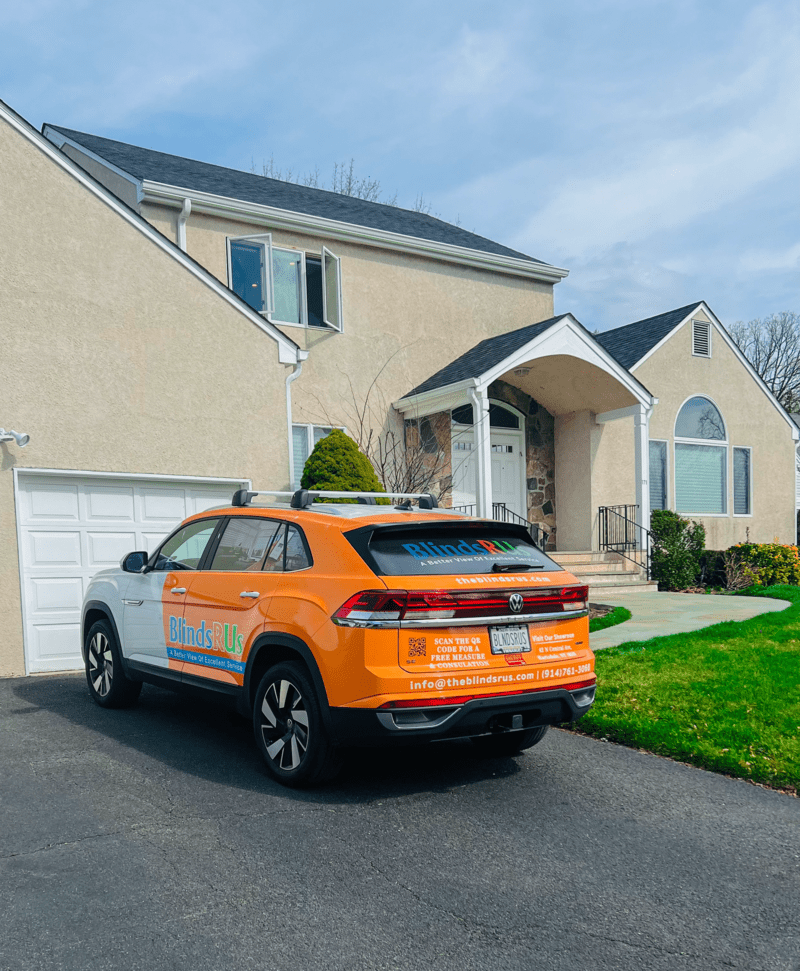Shade sails have become a popular solution for creating comfortable outdoor spaces, providing protection from the sun while enhancing the aesthetics of your backyard, patio, or garden. However, when selecting shade sails, many people wonder, “Does the color of the shade fabric really matter?” The answer is yes, color plays a significant role in both cooling and UV protection.
Let’s explore the differences between dark and light-colored shade sails and explain why a darker color might be your best option if you’re seeking maximum cooling and sun protection.
The Importance of Shade Sail Color
When it comes to choosing the color of your shade sail, it’s not just about matching it with your outdoor décor. The color significantly affects how much heat and UV radiation the fabric absorbs or reflects, which in turn impacts the temperature and protection underneath the shade.
In the debate between dark and light colors, the primary argument is this: dark-colored shade sails provide better cooling and UV protection than their lighter counterparts. But why is this the case?
Dark Colors for Maximum Cooling and UV Protection
Dark-colored fabrics, like navy blue, black, or brown, are excellent at absorbing UV rays. This means that when the sun’s rays hit the fabric, the majority of the heat and UV radiation is absorbed by the sail, preventing it from penetrating through to the area underneath. As a result, the shaded area beneath a dark-colored shade sail feels significantly cooler, and the UV protection is more effective.
Dark shades can absorb up to 90% of the sun’s harmful rays, providing superior protection. If you’re looking for a solution that not only blocks sunlight but also ensures the coolest possible area beneath the shade, opting for a darker fabric is your best bet. This makes dark-colored sails particularly suitable for areas with intense sunlight, like patios, playgrounds, or pools.
When you’re comparing outdoor shades, like outdoor blinds and shades for windows, a dark-colored sail works in a similar way, absorbing heat and blocking UV rays, thus protecting the space inside your home from overheating.
Light Colors Shade Sails and Their Effect
On the other hand, light-colored shade sails, such as white, beige, or light grey, reflect more sunlight rather than absorbing it. While this means that the sail itself doesn’t get as hot as a dark-colored one, it also means that more UV radiation passes through the fabric. As a result, the area beneath the shade may not feel as cool, and the level of UV protection is lower compared to darker fabrics.
If you’re using window shades for home or window shades for sliding glass doors, choosing lighter colors could reflect sunlight away from the home, preventing the shades themselves from heating up too much. However, for outdoor shade sails, this reflective property can work against you if you’re looking for maximum cooling.
Why Dark Shades Are Often Better for Outdoor Spaces
For most outdoor applications, such as shading a backyard, pool, or patio, dark-colored shades tend to outperform light ones. By absorbing more of the sun’s rays, they offer better cooling and sun protection, making the space underneath them more comfortable during hot summer days. These shades work similarly to bamboo shades for windows or pull-down shades for windows by helping to manage light and temperature, just on a larger, more outdoor scale.
In addition, if you have a business or a public space where people will be spending time outdoors, the added UV protection provided by a dark-colored shade sail becomes especially important. By absorbing harmful UV rays, dark shades can help prevent sunburn and reduce the risk of long-term sun damage.
Choosing the Right Shade Sails Color for Your Needs
While dark-colored shade sails are often the best choice for outdoor cooling and UV protection, your specific needs may vary depending on your environment and aesthetic preferences. For example, if you’re looking for shades for blinds and shades for windows or window shades for sliding glass doors, your primary concern might be how much sunlight you want to filter into the home, rather than outdoor temperature control.
For indoor settings, light-colored shades can help maintain a bright, airy atmosphere while still providing some UV protection. Energy-efficient shades and Motorized shades, for instance, are designed to regulate heat effectively, and the color choice will depend on how much natural light you want to let in.
When choosing custom shades for windows or roller for window shades, consider your aesthetic preferences, how much light you want to control, and whether you’re prioritizing cooling or sunlight.
Durability of Shade Sails Color and Appearance Over Time
Dark-colored shade sails, while superior for cooling and UV protection, tend to show dirt and wear more easily than light-colored sails. On the other hand, light-colored shades can begin to look dingy over time as they accumulate dust and dirt.
If you prefer an option that stays looking clean longer, you might consider choosing electric shades for windows or automatic shades for windows for indoor spaces. These can be designed with easy-to-clean materials that minimize the visible buildup of dust and dirt.
How Often Should You Replace Shade Sails Color?
Whether you choose a dark or light color, it’s important to regularly inspect your shade sails and other outdoor shades for signs of wear and tear. If you’re in the market for shades for windows, periodic maintenance and replacement will keep them looking great and functioning optimally.
While most shade sails are designed to last for years, UV exposure, weather, and general wear can reduce their effectiveness over time. If you notice fading, tearing, or reduced performance, it’s time to consider a replacement, and at shades and shutters, you can find professional help for updating your systems.
Conclusion – Dark-colored Shade Sails Are Best For cooling & UV protection
When it comes to choosing the best color for shade sails, dark-colored fabrics like black, navy blue, and brown tend to offer better cooling and UV protection by absorbing more sunlight. While light colors reflect sunlight, they may allow more UV rays through, resulting in less effective cooling.
No matter what type of shade you’re looking for, whether it’s roll-up shades for windows, or automatic shades for windows, choosing the right color can make a big difference in how comfortable and effective your shading solutions are.
At Blinds R Us, we offer expert advice and the best solutions for all your shading needs, ensuring both style and function in your home or outdoor spaces.





